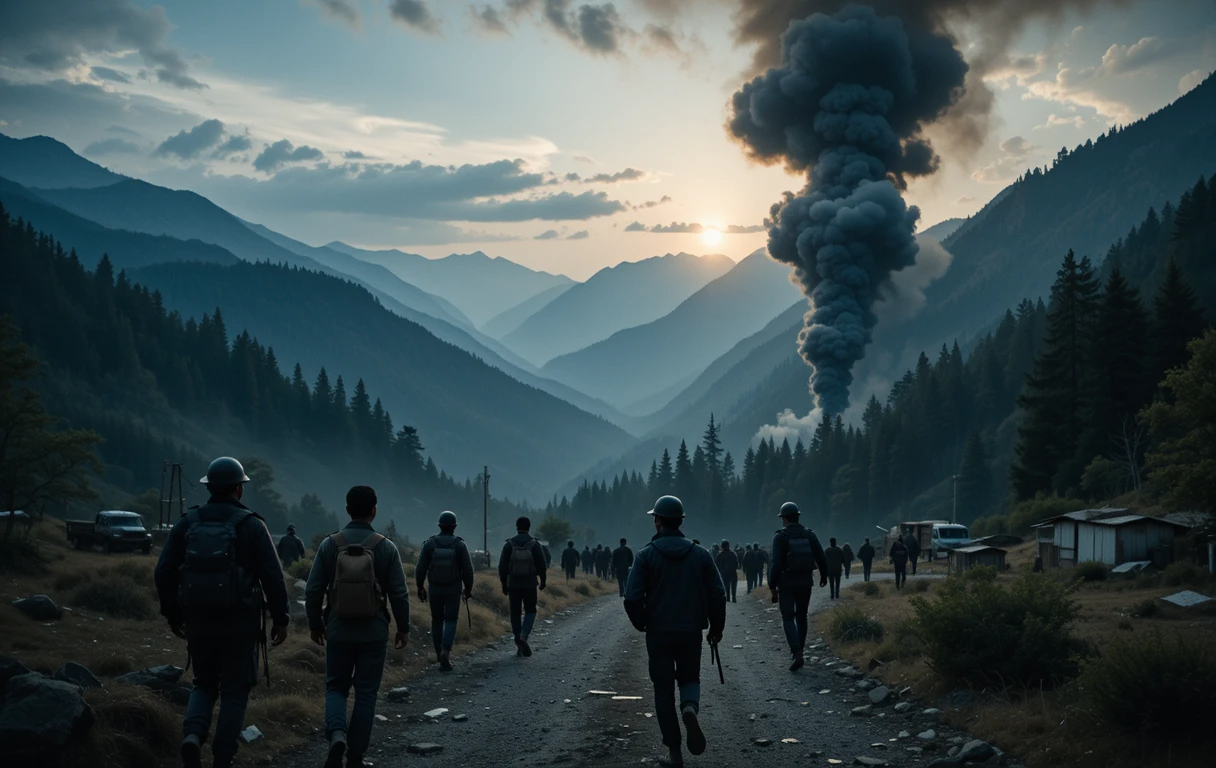
In the age of AI creativity, it’s easy to feel overwhelmed by the lightning‑fast pace of new tools and features. Surveys show that adoption of AI in creative fields is skyrocketing: 83% of creative professionals already use generative AI in their workflows, and 20% report that clients or employers now require it.Superside. Meanwhile, the generative AI market for creative industries is set to grow from $3.08 billion in 2024 to $4.09 billion in 2025, a 32.8% CAGR, according toThe Business Research Company. Yet this proliferation of tools does not mean AI replaces your talent—it reveals where your unique strengths live and where you can add the most value.
Why Creatives Feel the Pressure—and Why It is Misplaced
Many designers and artists confess to a “fear of becoming obsolete” (FOBO). In freelance design, 61% of professionals say AI has already affected their incomes in 2024, up from 45% in 2023,according to Designboom. Executives feel it too: 53% of C‑suite leaders now regularly use generative AI at work, compared to 44% of midlevel managersMcKinsey & Company. This data can make it seem like speed is the only weapon in your arsenal. But speed alone is not sustainability. True AI-driven creativity emerges when you pair new tools with enduring skills—the instincts, judgment, and vision that no algorithm can replicate.
Historical Parallels: Reinvention, Not Replacement
1. From Stop‑Motion to CGI: Phil Tippett’s Resilience
In Jurassic Park (1993), director Steven Spielberg shifted from Phil Tippett’s go‑motion dinosaurs to full CGI after a demo by Industrial Light & Magic. Tippett could have seen this as the end of his career, but instead, he became the film’s Dinosaur Supervisor, teaching artists how to infuse digital models with lifelike weight, timing, and personality,Jurassic Park Wiki. His deep expertise in creature motion did not vanish; it repurposed itself into a new medium, illustrating that craft transcends tools.
2. The Mobile Photography Boom: Tangerine and Beyond
When the iPhone 5S camera truly matured, critics predicted the death of professional photography. Yet indie director Sean Baker embraced it for his film Tangerine, shot entirely on iPhones with anamorphic adapters and the FiLMiC Pro app. Premiering at Sundance (January 23, 2015), Tangerine proved that vision—not gear—drives artistry; it garnered critical acclaim for its authentic storytelling and vibrant aesthetic.WikipediaWIRED. The smartphone didn’t replace the cinematographer’s eye; it democratized access and raised the bar on creative expression.
3. Bedroom Beatmakers: The Home Studio Revolution
Once, recording a record meant booking expensive studio time and courting label executives. Today, Billie Eilish and Finneas created a Grammy‑winning album in their bedroom using digital audio workstations on laptops. This music production democratization shows how access fuels experimentation, giving rise to new voices and styles. Gatekeepers shifted—from studio heads to streaming algorithms—but the need for taste, context, and emotional resonance remains unchanged.
AI as a Creative Amplifier, not a Replacement
The lessons from these shifts apply directly to AI in design:
AI reflects your process. When you automate routine tasks—like layout variations, color palette exploration, or initial copy drafts—you see where you excel and where you’ve been on autopilot.
Quality still matters. AI can generate 100 logo concepts in seconds, but only you know which one captures your brand’s soul.
Alignment over speed. The smartest use of AI isn’t chasing every plugin or prompt. It’s selecting tools that enhance your natural workflow and amplify your vision.
In fact, AlixPartners reports that 44% of media and entertainment companies see AI as a significant revenue opportunity, using it to boost both efficiency and creativityAlixPartners Disruption Index 2025. AI isn’t a finish line—it’s a new creative surface to shape.
Practical Steps to Integrate AI Into Your Creative Workflow
1. Reaffirm Your Core Strengths
o What instincts and patterns have consistently driven your best work?
o Where do you naturally add the most value—concept ideation, storytelling, UX intuition?
2. Map AI to Your Pain Points
o Identify repetitive tasks (e.g., resizing assets, drafting variations) that drain your energy.
o Test one AI tool that promises to ease that friction—perhaps an auto‑layout plugin or a generative copy assistant.
3. Iterate with Intention
o Don’t rush to master every feature. Instead, explore one capability at a time.
o Ask: Does this make my process more focused? Does it free me to spend more energy on high‑impact creative decisions?
4. Maintain Creative Judgment
o Use AI outputs as starting points, not final products.
o Apply your critical eye to refine the AI drafts, ensuring they resonate with your unique voice and client needs.
5. Stay Curious, Not Overwhelmed
o Schedule regular “AI hours” to experiment without pressure.
o Share discoveries with colleagues—peer learning accelerates adoption and sparks new ideas.
Carrying Your Voice Into the Future
When my colleague left our mentorship call, they didn’t have a bulletproof AI roadmap. Instead, they’d gained perspective: AI isn’t about speed or trend‑chasing; it’s about carrying forward what makes their work meaningful. As new tools emerge, remember:
You’re not behind. You’re adapting to a familiar crossroads—one every creative faces when technology leaps forward.
Your value is in your vision. Tools come and go, but only you can connect the dots between audience needs and creative solutions.
Relevance is self‑defined. Anchor it in your strengths, and let AI serve those foundations.
AI may be the biggest shift in decades, but history shows that craft survives—and often thrives—through disruption. So slow down, reflect, and choose tools that sharpen your edge. In doing so, you won’t just keep pace; you’ll shape the next wave of creative innovation.





















Write a comment ...